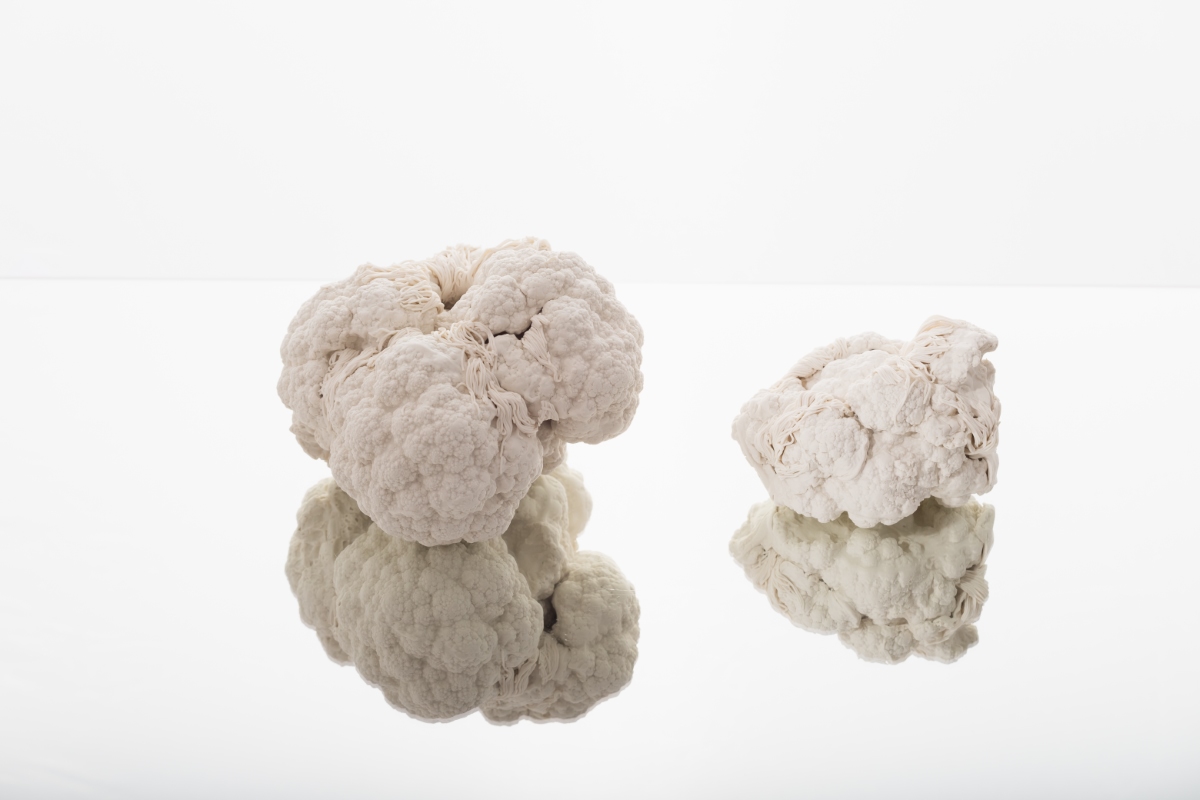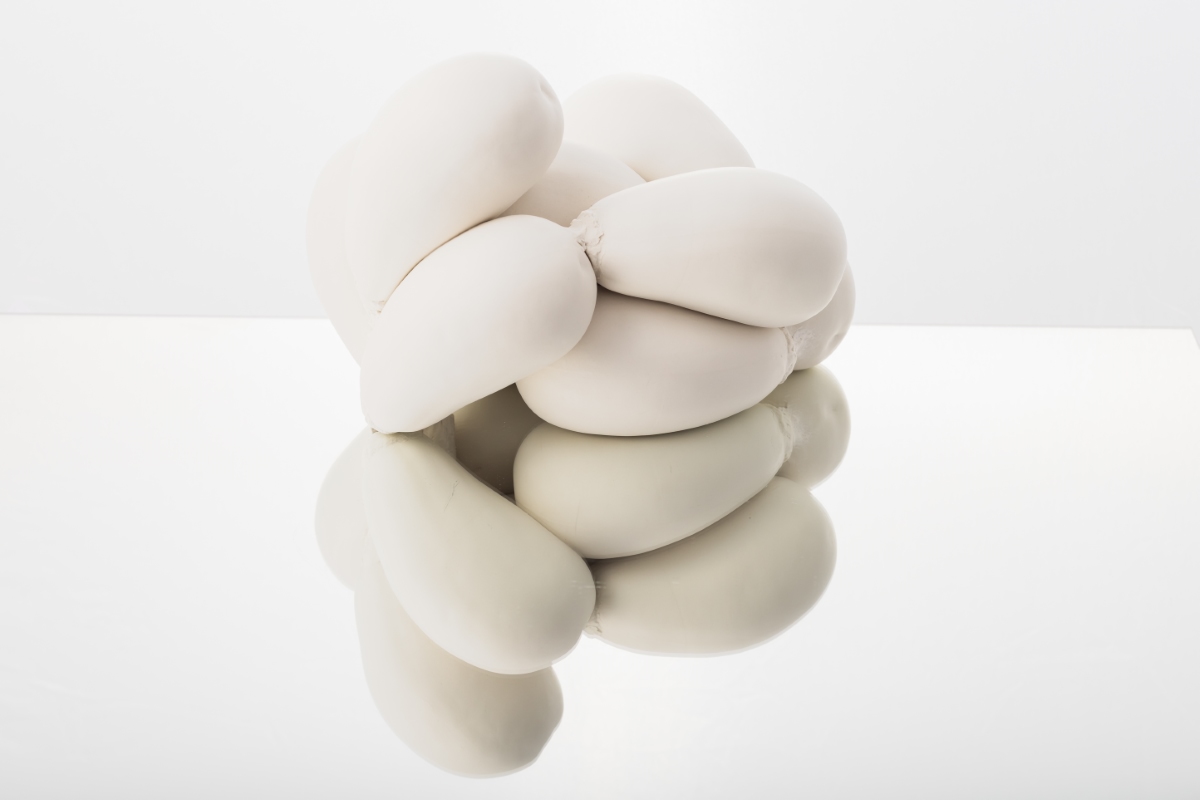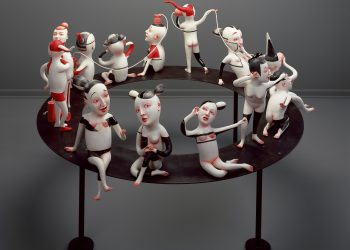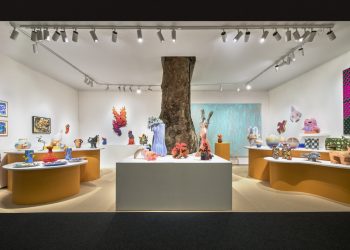Kristina Okan is a visual artist born in Russia. She received her Master in Arts Degree from Stroganov’s Academy of Industrial and Applied Arts in Moscow.
Okan has exhibited her works in solo and group exhibitions across Europe and Asia, including the UK, Italy, Spain, Germany and China. She was nominated for the prestigious international ceramic art award Blanc de Chine in 2019 and 2021 and the Koschatzky Art Award in 2021 – the largest graphic award in Europe for young artists.
In 2022, her work for the Moon Gallery Foundation (the first off-planet gallery) was launched to the International Space Station as a part of an artistic and scientific mission.
In her works, Okan examines the beauty and fragility of the natural world, as well as the transformation of matter under the influence of time. Her sculptural language is rooted in classical European traditions of porcelain art, engaging with themes of transformation, biomorphism, and notions of the micro and macrocosm. Okan combines elements of nature in an unexpected way, thus her works carry both grace and “disturbing strangeness”.
Visit Kristina Okan’s website and Instagram page.
Featured work
Selected works, 2022-2023


In my artistic practice, I manifest the process of decomposition as the formation of a new aesthetic form by turning withering fruits and vegetables into petrified miniature monuments. My porcelain works usually emerge from the notions of consumption, obsolescence and exploitation. Expressed by fragile decay aesthetics, my works question the idea of beauty itself with its obsessive idolization and ephemerality and, therefore, refer to the plasticity and emotional expression of Louise Bourgeois and Eva Hesse.
In my recent works, I am focused on rethinking the matter of time in the vanitas tradition. The stockthesis on the frailty of life, referable in my works, ascends to the tradition of the Dutch still lifes. I am fascinated by the symbolic system of the signification of XVI and XVII centuries still lifes, based on the Christian connotation of the ripe fruit as an image of the original sin, ephemerality of terrestrial life, and inevitable death. Nonetheless, my works are not about death; they are mostly about the beauty of the moment, representing organic metamorphosis and the imminence of fading as a novel value.













